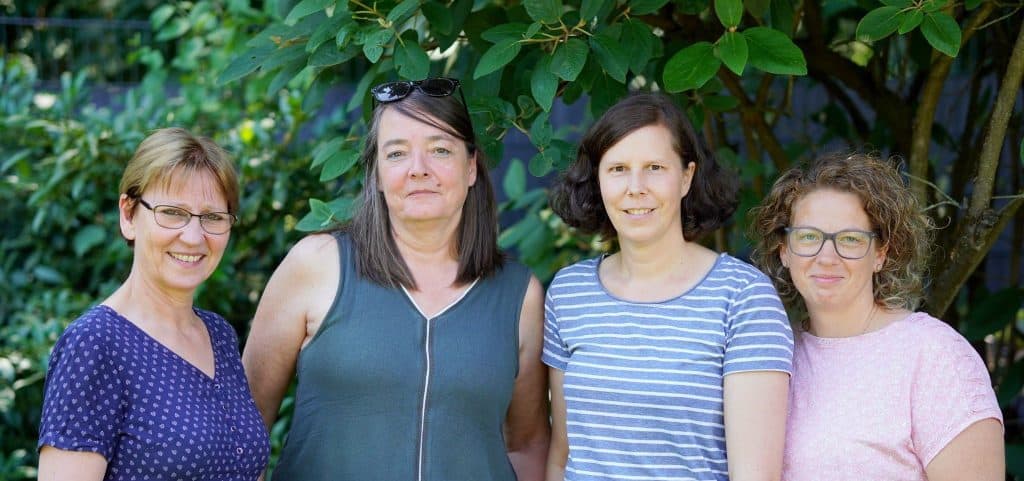
Founding the Association and
Growth in the Number of Members
The Castillo Morales® Vereinigung e.V. [Registered Association] was founded 1997 in Augsburg with the aim of spreading the knowledge and use of the concept over a wide an area as possible and to ensure together with Doctor Castillo Morales a further development within the profession and also the exchange with his colleagues from Argentina.
The Association now has more than 300 members consisting of physiotherapists, ergotherapists speech therapists (or those practitioners of other therapeutic professions concerned with speech considered to have equivalent qualifications) as well as physicians who have completed a basic course on the Castillo Morales® concept.
The growth in the number of members has required a continual adaptation of the communication with and support of the members. This is co-ordinated and maintained in the Association’s office in Berlin.
History of the Courses Offered
The courses in orofacial regulation therapy (ORT) and neuromotor development therapy, which had been carried out since 1978, were combined – as was originally intended by Dr Castillo Morales – into six week basic courses for ongoing training to qualify as a Castillo Morales® therapist.
Since the founding of the Castillo Morales® Association in October 2012, aproximately 50 to 60 therapists have been trained in two basic courses every year.
Purposes Pursuant to the Articles of Association
Pursuant to the articles of association (see Articles of Association) the Castillo Morales® Association has the following purposes:
- Holding events for providing information on the Castillo Morales® concept and also basic courses and refresher courses on the concept
- Carrying out symposia at intervals of approximately three years for making the concept better known and also for an exchange of ideas among colleagues and practitioners of related healing professions
- Developing the Castillo Morales® concept further on the basis of current scientific findings
- Training instructional therapists
Brand Name Protection
Being awarded utility patent protection, in 2006, was possible because Dr Castillo Morales, as author of the concept, gave his name to it and worked on developing a comprehensive concept of treatment. Consequently the Castillo Morales® Association can – and must! – protect the quality of this concept in the interests of all Castillo Morales® therapists. The concept comprises also the development and maintenance of quality standards and also the implementation of a quality management system for the Castillo Morales® Association in particular for holding events for ongoing training.
Current Association Organs
The current organs of the Castillo Morales® Association are:
- The Executive Board (4 elected members)
- The Members’ Meeting
- The Advisory Council – comprising all fully trained instructional therapists led by an elected Advisory Board comprising three people, and the Scientific Advisory Committee.
Current Members of the Executive Board:
Katrin Brockmöller
ergotherapist
instructional therapist for the Castillo Morales® concept
Andrea Stöppler
speech therapist
therapist for the Castillo Morales® concept
Nathalie Wolter
physiotherapist
instructional therapist for the Castillo Morales® concept
Christiane Türk
speech therapist
instructional therapist for the Castillo Morales® concept
Scientific Advisory Committee
On 21 June 2008, the Members’ Meeting of the Castillo Morales® Association passed a resolution to found a scientific advisory committee and had this resolution added to the articles of association.
According to information provided by the Executive Board eight members from differing medical, therapeutic and pedagogical professions have been named who are ready to support the Association either with specialist information or for individual projects.
Possible responsibilities and duties of the Scientific Advisory Committee are:
- Initiating and supporting scientific studies
- Administrative support for publications
- Providing information regarding current medical research programmes and results
- Encouraging co-operation with other organs